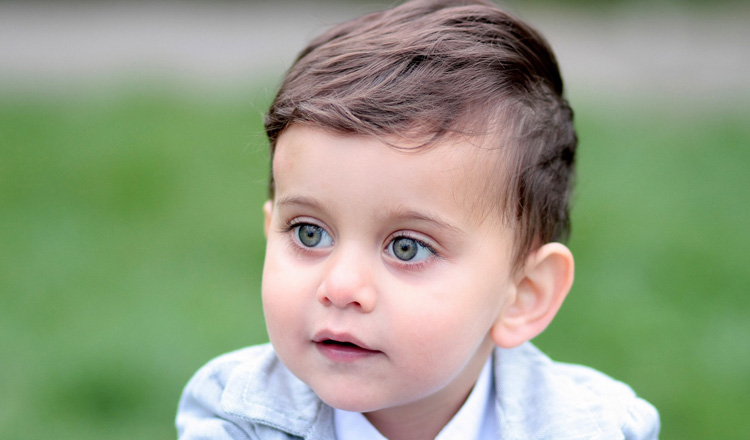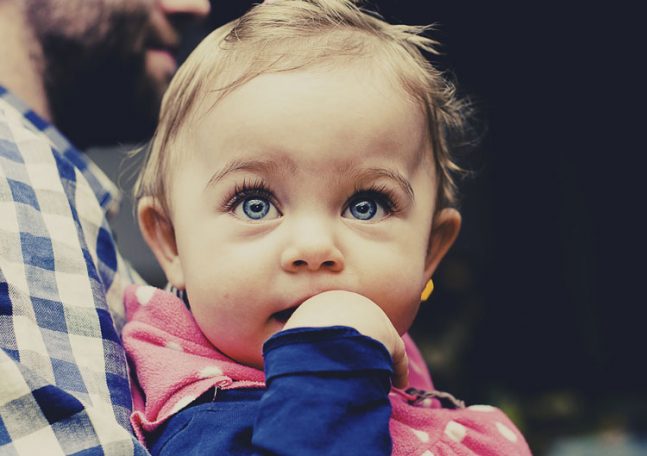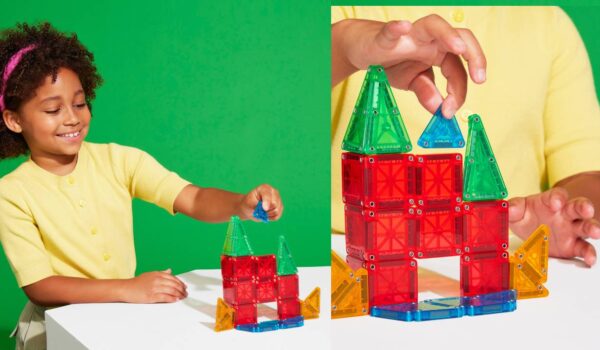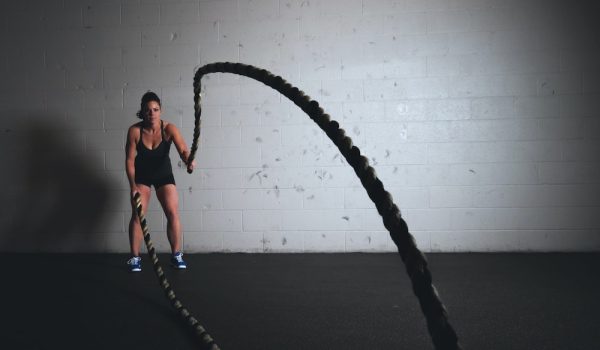Parents of newborns more often than not follow the guidelines of check ups and vaccinations to the letter but vision checks can be missed or overlooked.
Seventy five percent of all vision loss is preventable if detected early and this also applies to newborns and toddlers.
Even the most diligent parent might not notice anything is wrong so it’s good to ask your doctor to check your baby’s eyes and if there’s any concerns will be referred to an Ophthalmologist without delay.
Paediatric Ophthalmologist Dr Caroline Catt works at Westmead Children’s Hospital and Sydney Eye Hospital says that just as a child needs to learn to walk, talk and read, a child’s brain also needs to learn to see.
“The eyes and visual system undergo enormous change during childhood and it’s important that problems are identified early, because with early diagnosis and treatment most problems can be treated effectively, providing excellent vision for life,” says Dr Catt, who sees upwards of three children a day presenting with vision problems.
“Have your child’s eyes checked every two years at least, or sooner if have any concerns with their vision or with their eyes, or if there is a family history of eye disease.
“Eye sight loss is preventable, you just need to make sure it’s part of your regular calendar checks.”
Here then are five tips for looking after a newborn’s or toddler’s eyes:
1. Keep your baby’s lids and lashes clean with a gentle sterile wipe such as Little Eyes wipes especially if they have a cold as babies often rub their noses and eyes.
2. Keep the antibiotic drops for a true conjunctivitis (red eyes, yellow sticky discharge that re accumulates quickly after wiping). Most sticky eyes can be treated quite appropriately with a gentle wipe.
3. Ensure a doctor checks your baby’s eyes at birth and also 6 weeks of age during their routine checks.
4. Protect your baby’s eyes from accidental injury don’t let other children play nearby with sharp toys or sticks.
5. Have your child’s eyes checked at least every 2 years.
Things to look out for in a newborn’s or toddler’s eyes:
1. A “squint” or “lazy eye” should be checked by a doctor. Beyond the age of 4 months, a child’s eyes should be aligned and coordinated and any squinting should be checked by an ophthalmologist.
2. A white spot or “glint” in the pupil or on flash photography should be checked immediately by an ophthalmologist.
3. Any red eye that persists beyond 5 days of treatment, or if your newborn or toddler has any associated with pain, reduced vision, or is holding the eye closed at any stage they need to be checked by an ophthalmologist.
4. Any clouding of the eye, light sensitivity or watering should be checked by an ophthalmologist.







